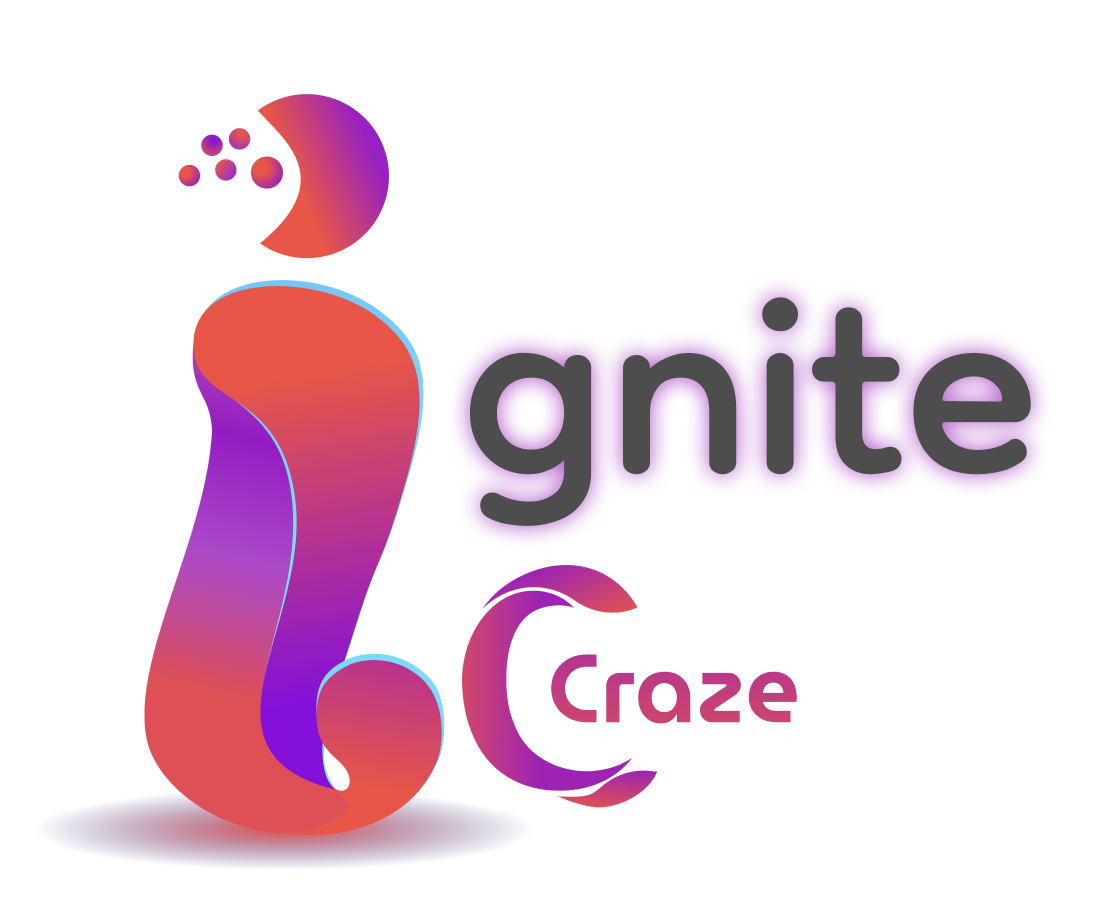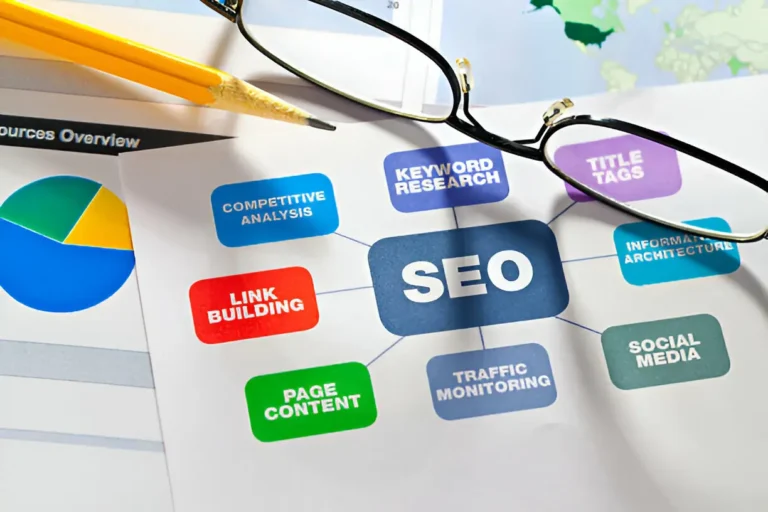How Amazon Ads for Authors Can Make Your Books Visible to Readers
It’s easy to forget that Amazon was merely an online bookstore when it became the world’s largest eCommerce platform. In spite of the fact that books now only account for 10% of Amazon’s profit, Amazon still cares deeply about books. Amazon has been dealing with publishers and authors for over 20 years. They were one of the early pioneers of eBooks (developing the Kindle) and still dominate the book market today. According to Gitnux, 71% of UK readers and 67% of US readers bought books on Amazon last year.
In almost all cases, Amazon advertisements will appear to users on occasion, and these will often be Amazon ads for authors they have shown interest in during their online activities.
In addition to books Amazon has published and books in Kindle Unlimited, Amazon holds 68% of the eBook market share. The US has a book distribution market share of 50% to 80%, which is dominated by Amazon. Amazon sells 300 million print books each year, three times the amount of eBooks.
It also releases over 1.4 million self-published books through Kindle Direct Publishing every year in addition to the millions of books Amazon sells from recognized publishers. As a result, Amazon’s actual market share is even higher since self-published eBooks without ISBNs are not taken into account.
Regardless of whether you are self-publishing or publishing through a traditional publisher, it’s inevitable that you’ll want to sell on Amazon. In its 2022 earnings report, Amazon is expected to pay out $522 million to self-published authors, which is a 16% increase over the previous year’s earnings.
It is important to note, however, that being available on Amazon does not guarantee success for every budding author. Amazon is a highly competitive market, as you can see from the above numbers. Having billions of potential readers does not guarantee that they will purchase your books. It’s just like any other marketplace, you have to market your books on Amazon.
It is unlikely that you will have to worry too much about your marketing if you are a well-known author who has an agent and publishing deal – although your agent will undoubtedly require you to attend book signings and other publicity events. It can be intimidating, particularly to new authors who have not yet built a strong audience, to take care of your own marketing if you are a self-published author.
Authors recognize this and Amazon offers an advertising service (formerly known as Amazon Marketing Services) called Amazon Ads. We will examine how Amazon Ads operate and how authors can ensure that their books are easily found on the largest digital shelf on the planet (or at least relevant potential readers).
How Amazon Ads for Authors Can Make Your Books Visible to Readers:
Why Use Amazon Ads?
Millions of people buy books from Amazon. It is much larger than any physical bookstore you could envision. Because of that, advertising where people come intending to buy books makes sense. There is a good chance that somebody is looking for a book like yours on Amazon, even if it covers a very obscure, narrow topic.
The main disadvantage of advertising online with Google Ads or their Facebook equivalent is that you will be seen by a general audience, many of whom have no interest in buying a book.
Amazon Sponsored Products, on the other hand, appear on Amazon when people search for a specific topic or niche in books. The first few results people see when searching for a cozy mystery are sponsored ads – even though they are still relevant and appear the same as any other books they see.
In the “Related Books” section of the same niche’s book pages, similar ads also appear.
A second reason to use Amazon Ads is that you don’t have to pay per impressions, just per click. Before Amazon charges you, someone must take an active interest in your ad. Because of this, you may be exposed to your books free of charge by people who may come back later and purchase them. PPC ads also have a higher degree of forgiveness than PPM ads. Ads mistargeted for a small audience, resulting in few clicks, don’t have to be costly.
You can see from the screenshots above that Amazon uses your book listings for ad copy and images (if you have Sponsored Products ads). As a result, once you list your books on the platform, the elements of your ads will already exist. You don’t have to hire a marketer, copywriter, or graphic designer to create your ads.
What Types of Ads Can You Buy on Amazon Ads?
In addition to Display Ads for more established authors and publishers, Amazon offers three types of Sponsored Ads for authors:
- Sponsored Products – use these to promote individual books
- Sponsored Brands – use these to promote collections of books, e.g., a book series
- Lockscreen Ads – use these to promote eBooks on Kindle E-readers and Fire tablets
- Managed Display Services – use these to expand your reach and grow your business by reaching relevant audiences. Available in all marketplaces for authors and publishers, although predominantly targeted at publishers, with larger sales (and thus advertising budgets)
Sponsored Products Ads
In addition to star ratings, reviews, and product prices, Sponsored Products ads appear on product detail pages and shopping results. They look like organic book listings. In order to source the copy, Amazon’s artificial intelligence uses the book’s detail page, although US advertisers can add additional text to the copy.
Amazon takes people straight to the book details when they click on your ad.
You can buy Sponsored Products ads in the US, UK, Germany, France, Italy, Spain, Canada, and Australia.
Sponsored Brands Ads
Search results are topped with these ads. The brand is considered by Amazon. These ads include product images and titles, elements that shoppers are familiar with. They appear prominently in search results when a customer is clearly shopping.
In response to an Amazon ad, people get a landing page that’s interactive. This page displays images of all your books, e.g., all the books you wrote in a series. A customer can access the relevant details page if they click on a specific book image.
In order to be eligible to buy Sponsored Brands ads on Amazon, you need to sell three titles under the same pen name.
It is possible to buy Sponsored Brands ads in the United States, the United Kingdom, Germany, France, Italy, and Spain.
Lock Screen Ads
Depending on whether the device is online and able to purchase the eBook, or if it is offline, Amazon will take the user to a landing page.
Your eBooks will be directly marketed to highly engaged readers by using Lock Screen ads. Craft eye-catching ads tailored to readers’ interests, fine-tuned by genre, as they explore your Kindle and Fire. Make your titles easy to access with just one click by streamlining the buying and downloading process. Lock Screen ads can only be purchased in the United States at the moment.
When to Use Sponsored Ads
Your Sponsored Ads can attract readers, build a fanbase, and sell books by combining Sponsored Products and Sponsored Brands ads. You can combine Sponsored Products and Sponsored Brands ads to maximize the success of your campaign. The Sponsored Products ad captures readers actively looking for your book. On their Kindle E-readers and Fire tablets, lockscreen ads reach highly engaged readers with your catalog or a selection of titles. Sponsored Brands ads direct traffic to a customized landing page featuring your catalog.
The Sponsored Products campaign can be used to drive sales of a specific book, whereas the Sponsored Brand campaign will showcase a complete line of products.
Buying Sponsored Ads
It’s important to note that our Guide to Amazon Sponsored Products Ads is general in nature, and does not specifically address Amazon Ads for Authors. However, the process for promoting books is very similar to promoting other products on Amazon.
Whenever someone searches for books on Amazon, a sponsored ad is displayed based on an auction. Depending on the Amazon store involved, the number of Sponsored Products and Sponsored Brands advertisements available for each search is assigned. Please note that not every ad type is available worldwide.
Multiple factors are considered by Amazon’s algorithm to determine which ads are relevant to a specific search.
Afterward, Amazon examines the prices each advertiser (author or publisher) has agreed to pay for their ads, i.e., the maximum price per click (CPC) they will pay if a visitor clicks on their ad. By analyzing each relevant ad, Amazon’s artificial intelligence awards top paid positions to the advertisers who pay the highest CPCs for each Sponsored Ad. Generally, the winners of the top Sponsored Ad spots make slightly more than the second-highest bidder in practice. Eventually, Amazon will allocate every Sponsored ad spot to the next highest bidder until all of the allocated slots have been filled. They will pay slightly more for each click than the next highest bidder.
Amazon will not place your science textbook in a search for romance novels no matter what you pay for a Sponsored Products ad.
Targeting Your Sponsored Ads
The right people should be targeted with your Amazon ads, whether you’re an author or any other type of business. Sponsored Ads provide targeting methods that help you reach only relevant customers at the right time. Amazon Ads have little value if they appear in front of people unlikely to read your books.
Automated Targeting
Your bid can be automatically targeted if you’re bidding on Sponsored Product Ads (only). As a result of shopping queries related to your product information, Amazon chooses keywords and product matches for you. They match your ads with keywords and titles that are similar to the books in your ad.
Depending on your shopping queries and products, Amazon provides four targeting options:
- If your ad matches closely with the search terms your books use, Amazon may show it to shoppers. When someone searches for “London crime stories” or “mystery books set in London” for your mystery novel, your ad may appear. By using this option, you can target readers searching specifically within the genre or subject matter of your book.
- You may see your advertisement in Amazon’s search results if shoppers use loosely related search terms. It is a great way to grab the attention of readers who are interested in your book’s theme, even if it isn’t the subject of their initial search, especially if you’re selling a cookbook about Italian cuisine. If you’re selling a cookbook about Italian cuisine, your ad might show up for broader searches like “European recipes” or “cooking books.”
- You may see your ad on Amazon’s details pages if shoppers view books similar to yours. You may see your ad on Amazon’s details page if shoppers view books that are similar to yours. If a person is reading a popular science fiction novel, and your book is a sci-fi novel with similar themes or settings, your ad may appear on that book’s page as a replacement. Yours will appear as an alternative to a book of a particular genre or type to readers already interested in that genre or type of book.
- Your advertisement will appear on pages for cameras, photography accessories, and other photography books if your book is a professional photography manual. Complements: Amazon may show your ad to shoppers who view the detailed pages for products that complement your book. Those interested in your book might be looking for it to enhance their knowledge or enjoyment of the hobby or profession they are already exploring related topics.
Manual Targeting
Manual Targeting is a viable alternative to Automated Targeting. For Sponsored Brand Ads and Lock Screen Ads, it should be used. If you are experienced with Sponsored Products Ads, then Manual Targeting may be your best option.
With this feature, you can choose your own keywords, ASINs, or categories (in addition to Amazon’s suggestions) and refine them to match your preferences. Although manual targeting is obviously more work than leaving things to Automated Targeting, it gives you greater control over spending, allowing you to bid more competitively on targets that perform well for you.
Four types of matches are available:
- An exact match – all of the keyword terms or close variations must be included in the shopping query. If you associate your ad with the keywords “crime mystery novel” or “novels about crime”, your ad could appear when a customer searches for “crime novel”. Note that “novels” is considered close to “novel”. If, however, you only target keyword phrases like “crime novels” and “crime books” (which do not contain both “crime” and “novel”), your ads won’t be visible.
- Phrase match – customers must use the exact phrase, or close variations, and be in the same order as the keyword term phrase, however, they can include words before or after it. If you searched for “crime novel”, you would find the keywords “crime novel eBooks” and “bestseller crime novels”, but not “novels about crime” or “crime eBook novels”.
- In the same order and without addition of words, the customer’s shopping query must match exactly, or very closely. When searching for “crime novel”, this would match “crime novel” and “crime novels”, but not “best crime novel” or “crime novel” (although “novel” and “novels” are considered close matches, “crime” and “crimes” aren’t).
- Your ad won’t appear if certain word combinations are excluded in the negative match. You could set “true crime” as a negative match for your ad if you’re a crime novel writer, but it would not trigger for “true crime”, “true crime biography”, or “nonfiction true crime” (depending on the broad, phrase, or exact matches you used).
The related keywords you choose for your campaign can come from searches that generate traffic to your ASINs, or you can type in your own.
Instead of using keyword terms, you can target product categories or individual titles with manual targeting. Using category targeting allows you to display your ad to customers searching for certain genres, as well as refine it further based on price, star ratings, and Prime Shipping Eligibility. Customers browsing certain book ASINs will see your ad if you target individual products. To avoid appearing to shoppers in specific categories or books, you can use negative product targeting.
Wrapping Things Up
Using Amazon Ads for Authors is a must-have for authors who sell on Amazon and aren’t yet in the position where they can leave all marketing to their agent or publisher. For a cost of just $2-$5 per day, you can run Sponsored Products and Sponsored Brands ads through Amazon Advertising. This platform is easy to use and easy to set up.
While searching Amazon, you’ve probably noticed that some genres are very crowded, and advertising is more expensive.
When you don’t set your advertising bids and then forget about them, you’ll get better value for your money. The most important thing you can do is watch your ads closely to determine which keywords work and which aren’t of value to you, either because your competitors will always outbid you for them or because your ads do not generate more sales for you.
Your campaigns will begin generating useful analytics once they’ve been running for a while. One of the most important metrics to look at is your ACoS (advertising cost of sale). You want your ACoS for each book to be less than what you receive from the sale of it. This shows the amount of money you spent on the campaign in relation to what you earned from the sales of it.
You must consider Amazon’s cut of sales revenue when calculating ACoS. You do not get to keep all the sales revenue, so you must account for Amazon’s cut. Typically, you will receive 70% of your royalties (receipts) for eBook sales between $2.99 and $9.99, but only 35% if your book sells for less than $2.99 or more than $9.99.
As a fixed royalty, KDP charges a 60% fixed royalty on paperbacks and hardbacks sold on Amazon marketplaces with supported distribution. The ACoS percentage of your ads must be lower than the relevant royalty percentage, depending on the book format (and price point for eBooks).
Your ACoS must be less than 60% for the physical book if you sell a book for $10 hardback, $5 paperback, and $5 Kindle (eBook), and less than 70% for the Kindle version if you have Amazon Ads for all three formats. Your bidding strategies might need to be rethought if your ACoS is too high.
Your Amazon advertising should become more valuable over time as you adjust your bids and focus on your best keywords.







